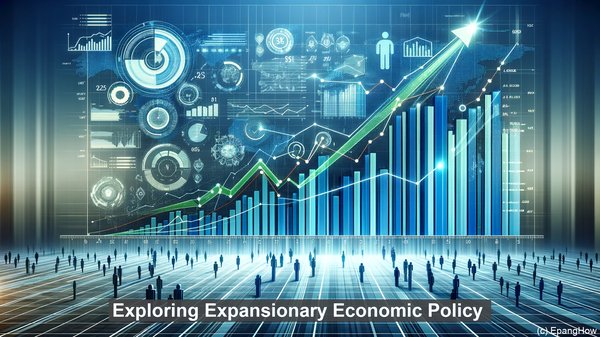Introduction: The Role of Economic Policies
Hello everyone! When it comes to managing an economy, policymakers have a range of tools at their disposal. Two prominent strategies are contractionary and expansionary economic policies. These policies are designed to influence the overall economic activity and address specific challenges. Today, we’ll dive into the nuances of these policies and understand how they shape the economic landscape.

Defining Contractionary Economic Policy
A contractionary economic policy, as the name suggests, aims to contract or slow down the economy. It is often implemented during periods of high inflation or when the economy is overheating. The primary objective is to rein in excessive spending and curb inflationary pressures. One of the key tools used in contractionary policy is monetary policy, which involves actions by the central bank, such as raising interest rates or reducing the money supply.

Exploring Expansionary Economic Policy
On the other hand, an expansionary economic policy is all about stimulating economic growth. It is typically employed during periods of recession or when the economy is sluggish. The goal is to increase aggregate demand, boost consumer spending, and encourage investment. Both fiscal and monetary policies play a role in expansionary measures. Fiscal policy involves government spending, tax cuts, or a combination of both, while monetary policy may involve lowering interest rates or injecting liquidity into the system.
Factors Influencing Policy Choices
The decision to adopt a contractionary or expansionary policy is not arbitrary. It depends on various factors, such as the prevailing economic conditions, the nature of the challenge, and the policy stance. For instance, if inflation is the primary concern, a contractionary policy may be favored. On the other hand, if the goal is to combat unemployment, an expansionary approach may be more suitable. Additionally, the political and social context also plays a role in shaping policy choices.
Policy Effectiveness and Limitations
While contractionary and expansionary policies can have significant impacts, their effectiveness is not always guaranteed. The transmission mechanisms, such as the response of businesses and consumers, can vary. Moreover, there can be time lags between the implementation of a policy and its effects. Additionally, there are limits to how much these policies can achieve. Structural factors, global economic conditions, and other externalities can influence outcomes.
